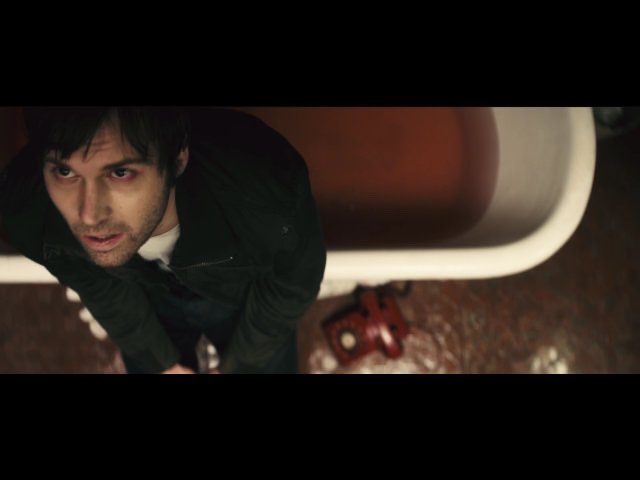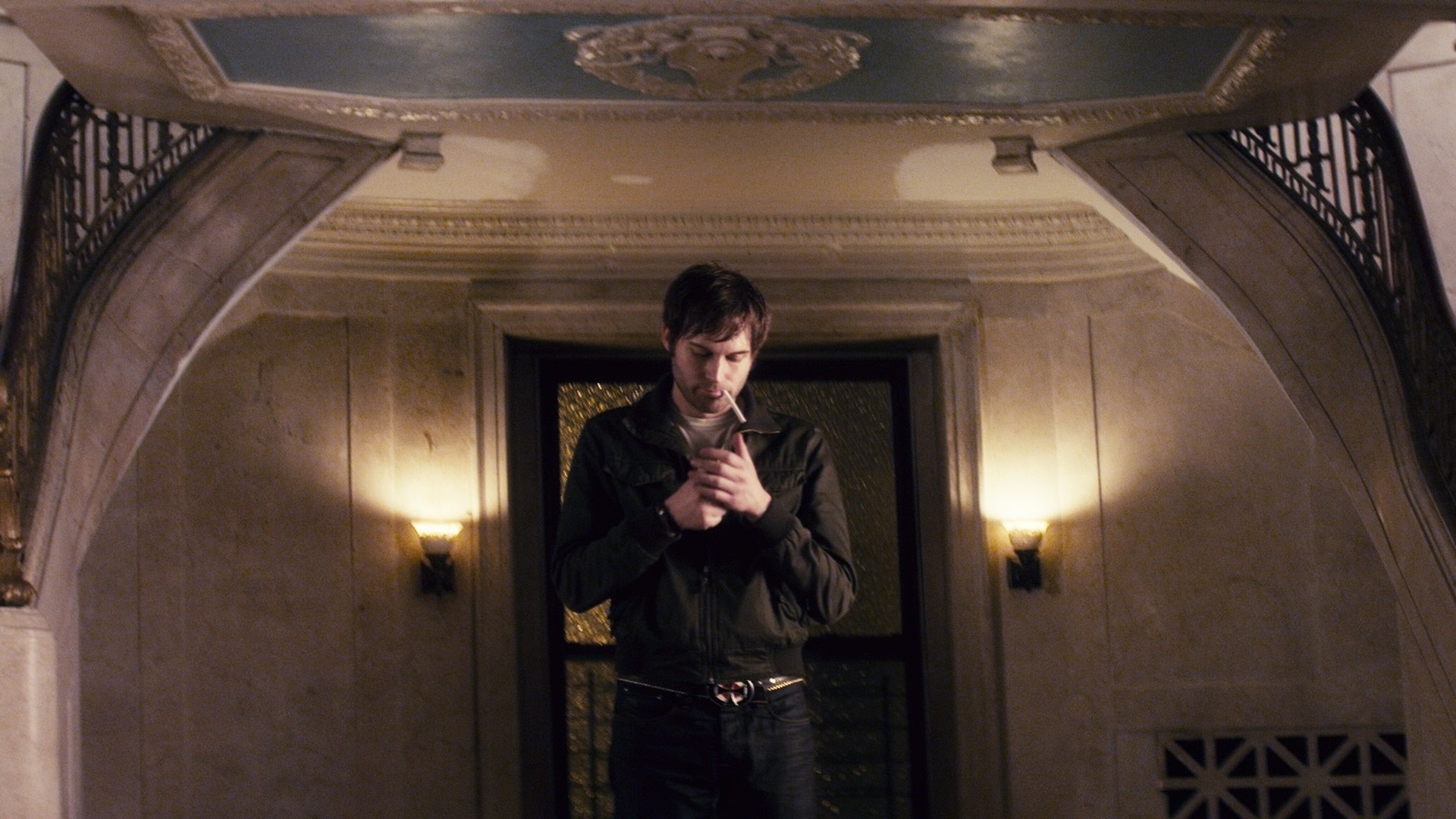Curfew (Shawn Christiensen, 2012) follows a man who is attempting to commit suicide but decided against it when he is asked by his desperate and estranged sister to look after her daughter. Over the course of one day, he connects with his niece, planning the whole time to finish his suicide after dropping her back off with her mum.
The plot is interesting, as both protagonists are established as imperfect people, as the nice is spoiled and ungrateful while the uncle is irresponsible and makes bad decisions. However, the relationship that builds between them feels genuine, as the uncle does want to connect with his niece, and the niece can tell that her uncle is unwell. As their relationship grows, you come to connect and sympathise with both of them, and understand their situations more.
The film uses focus to keep our attention on the protagonists, but this makes everything in the background are very blurred, which hazy neons colours that emulate a hallucination, which is because the main character is on drugs. The film also uses colours to match the mood, as seen in the beginning when the dark red floor matches the colour of the protagonists blood during his suicide attempt, but later on the contrast is higher when his niece is dancing in the bowling alley. Lens flares are also used here to emphasise the happiness of the moment. As the protagonist looks around here at his hallucination, the camera spins around his head to make the audience feel dizzy and therefore emulates the effects of the drugs he is on. The while dance sequence is shot differently yo the rest of the film, with fast camera movements, bright colours and a crab shot that tracks the girls movement along the alley, which is one of my fav shots from the film. This is a stark contrast to the stationary camera and dark colour pallets and shadows in the rest of the film, which reflects the relationship between the characters and the uncle’s depression. The makeup design in this film is also incredible, as the uncle looks genuinely severely ill, which can be seen most in the first 3 minutes when he is trying to commit suicide and meeting his niece for the first time. Here he is extremely pale, unclean, and looks miserable, tired, ill.
Some other shots that I like were the shot that looks down on the uncle in an extreme close up that is also at a dutched tilt while he is considering answering the phone call that could save his life. The wide shot if him shouting at the women outside the bathroom is also memorable, as it is framed symmetrically, and makes sharp and random cuts to represent the uncles mounting anger and to show the passage of time, therefore emphasising why the women are annoying him. The opening shot is also very clever, as it crabs right to reveal the blood, cigarettes and phone. It comes to rest on the phone, when a bloody and trembling hand also holding a razor comes into frame from above it to answer the phone. This slow reveal builds atmosphere and makes the reveal that the main character is trying to kill the self more shocking. Close ups of bloody cigarettes and a razor imply what is happening before it is finally shown. It also establishes this character while the phone call immediately establishes the conflict that sets the plot up.




You must be logged in to post a comment.